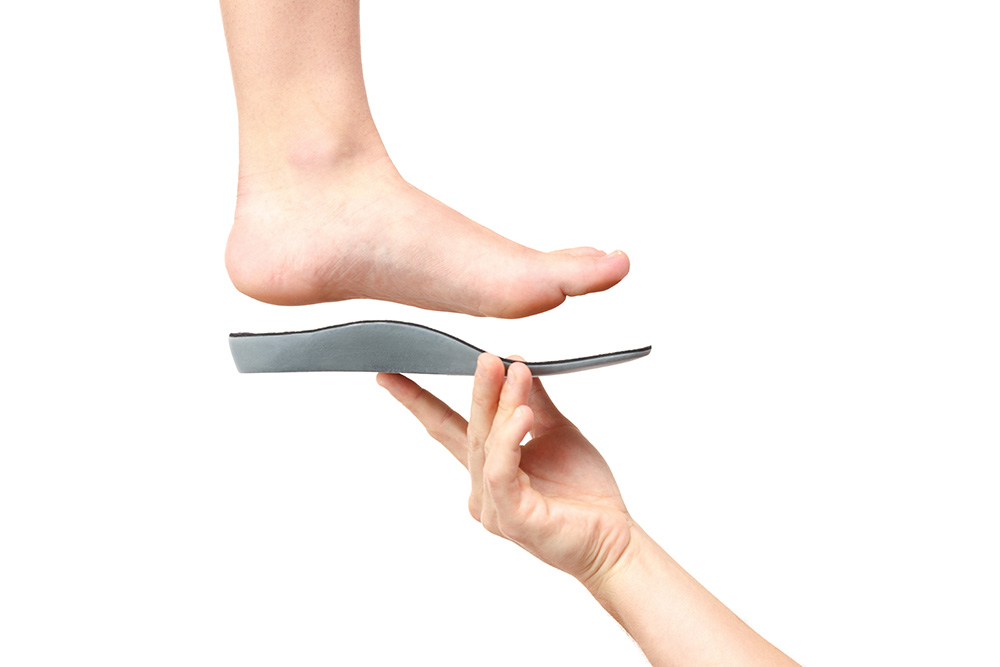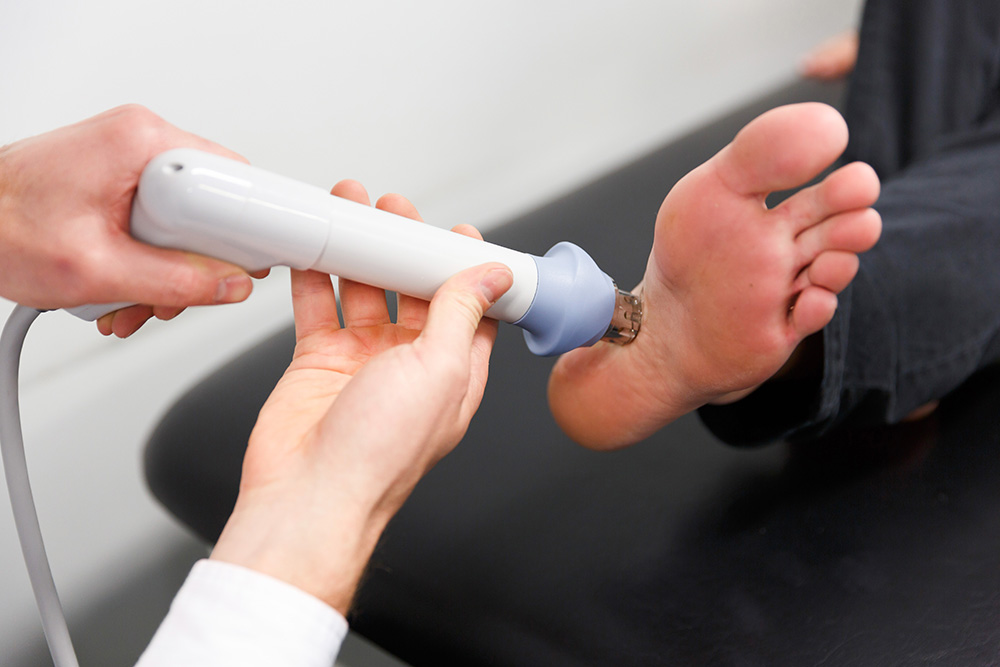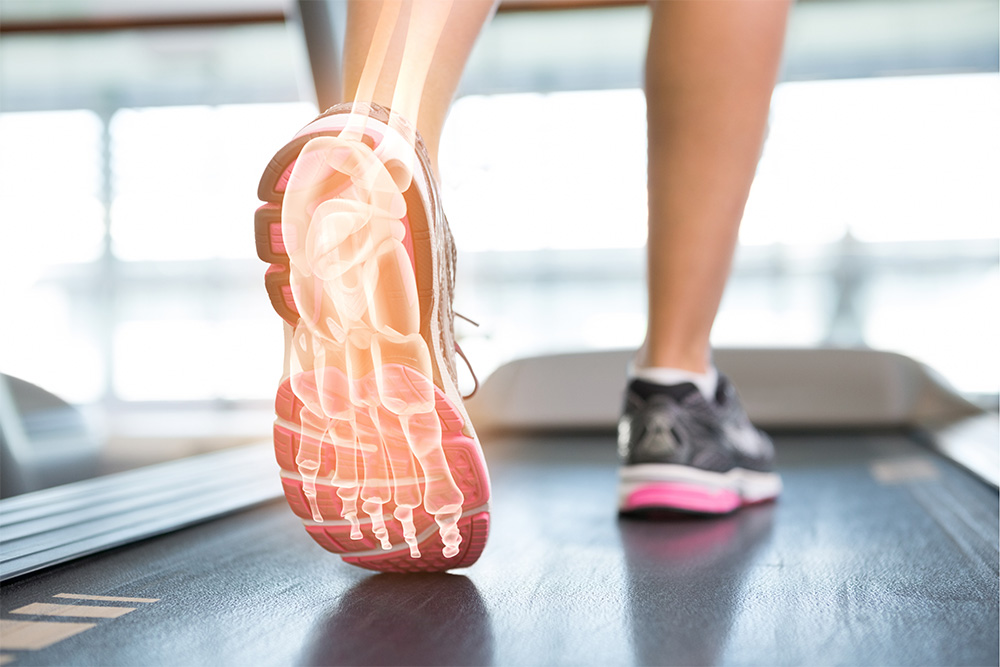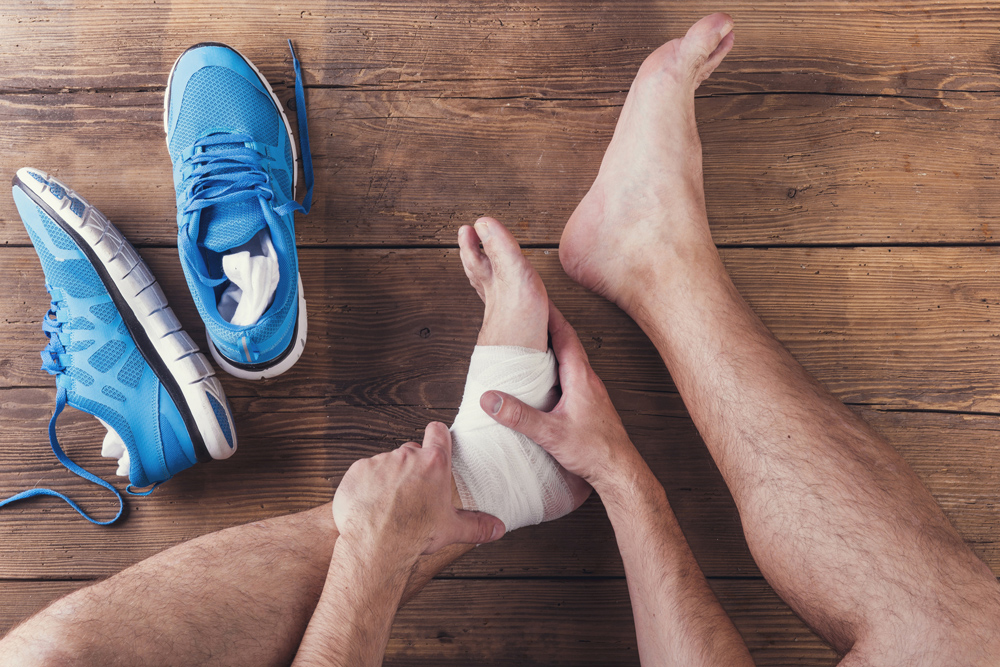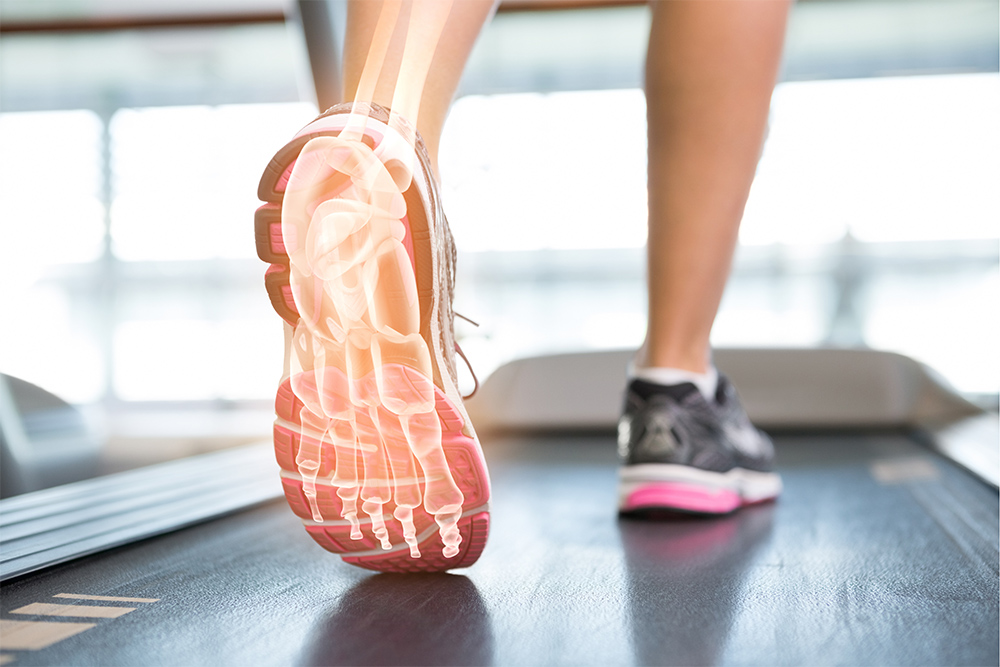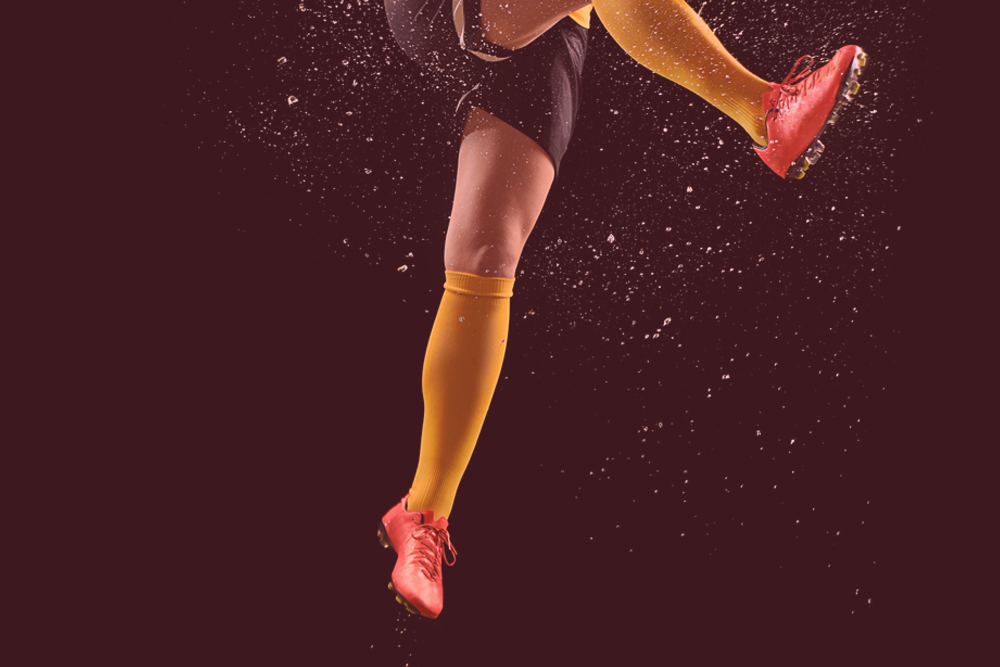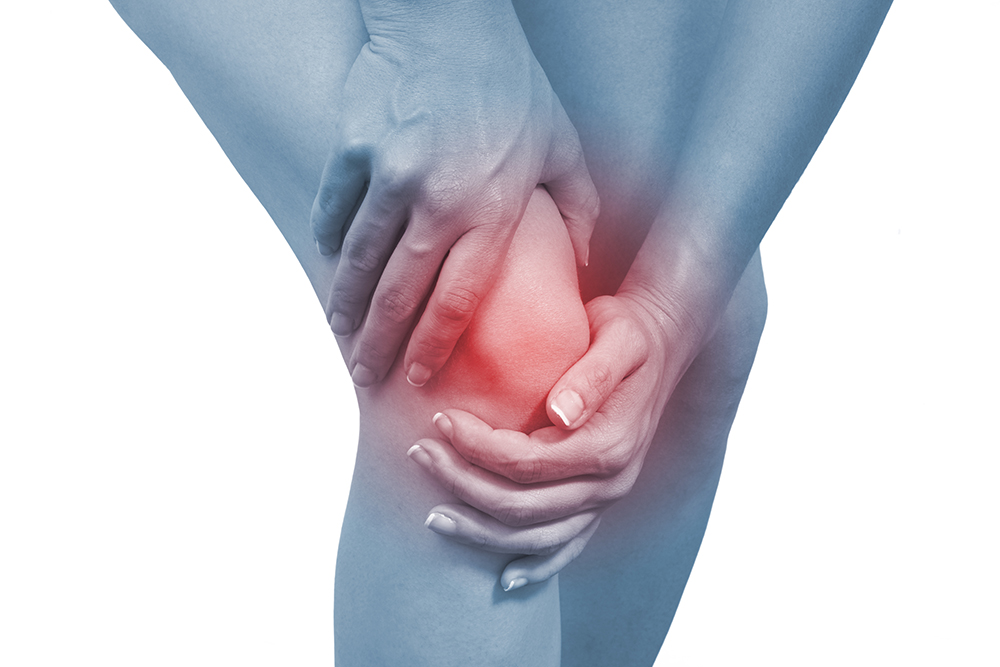
Patellofemoral pain syndrome describes pain at the front of the knee, which may radiate around the knee or behind the kneecap. The name ‘patellofemoral pain’ simply means pain in the area where the kneecap (patella) connects with the bottom of the thigh bone (femur).

You may have heard this problem being referred to as runner’s knee due to its tendency to affect runners – unfortunately, you don’t have to be a runner to develop this pain and anyone is vulnerable.
What Causes Patellofemoral Pain & Who Is At Risk?
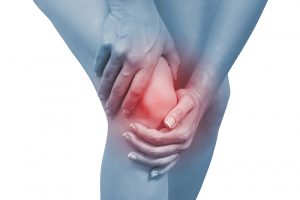
Interestingly, this condition is more of a general umbrella term for pain at the front of the knee than a very specific problem, as the exact cause is poorly understood. It is thought to occur when the kneecap does not glide smoothly up and down a groove on the end of the femur like it’s meant to, as the knee is bent and straightened. Instead, it may mistrack out of place and instead rub against the bone, damaging the underlying cartilage. Patellofemoral pain may also be a result of joint disease, abnormal bony changes, other overuse injuries and as a result of direct injury to the knee.
Misalignment or mistracking of the kneecap can be caused by:
- Overusing the knee, particularly in activities that repetitively bend and straighten it like running or squatting
- Going too hard too fast – increasing the intensity, duration and frequency of exercise
- Poor alignment of lower limbs, like flat (pronated) feet, which may encourage the patella to track out of place
- Muscle imbalance – this includes both muscle weakness and tightness, particularly if it affects your quads, which pull directly on your patella and hence have a big influence on your alignment. Having a tight iliotibial band can also encourage the patella to be pulled outwards
- Hereditary factors – like the shape of your bones or having hypermobility which can increase the motion at the knee joint
Women have been shown to be twice as likely to develop patellofemoral pain. You may be at increased risk if you have a current or previous injury to the knee joint, or have previously had knee surgery. If your footwear does not support your feet well or has worn out over time, then you may also be more vulnerable. Recently changing up your training surfaces and having poor training practices have also been shown to increase your risk.
Signs & Symptoms
Patellofemoral pain tends to come on gradually, building up as you continue to exercise or perform movements that bend or straighten your knee. It may start as a mild niggle before progressing to severe pain – and may worsen over multiple training or overuse sessions. You may notice:
- Pain at the front, around and below the kneecap
- Your pain may range from mild and dull to sharp and shooting
- Your knee may feel stiff, or you may get grinding sensations when bending and straightening
- Sitting with your knee in a bent position for long periods may cause pain
Treating & Preventing Patellofemoral Pain
As the primary healthcare providers of the feet and lower limbs, our podiatry team is extensively trained and experienced in treating patellofemoral pain – as well as a number of other causes of knee pain.
We’ll start with a thorough assessment to ensure that your pain is patellofemoral, and not a different condition in the same area like patellar tendonitis. Your assessment includes carefully examining the biomechanics of your feet and legs, so we’ll understand the causes and contributing factors that have led to this problem developing.
Our goal is then to relieve your painful symptoms, treat the problem and its causes, and put the right measures in place to prevent it from recurring in the future. This may include:
- Custom foot orthotics to correct biomechanical and alignment problems
- Updates to your training schedule or regime
- Muscle stretching and strengthening where weakness and tightness are problematic
- Footwear assessment to ensure your shoes are doing a good job in supporting your feet and legs
- Bracing or strapping to help with temporary relief and support
- Gait retraining


